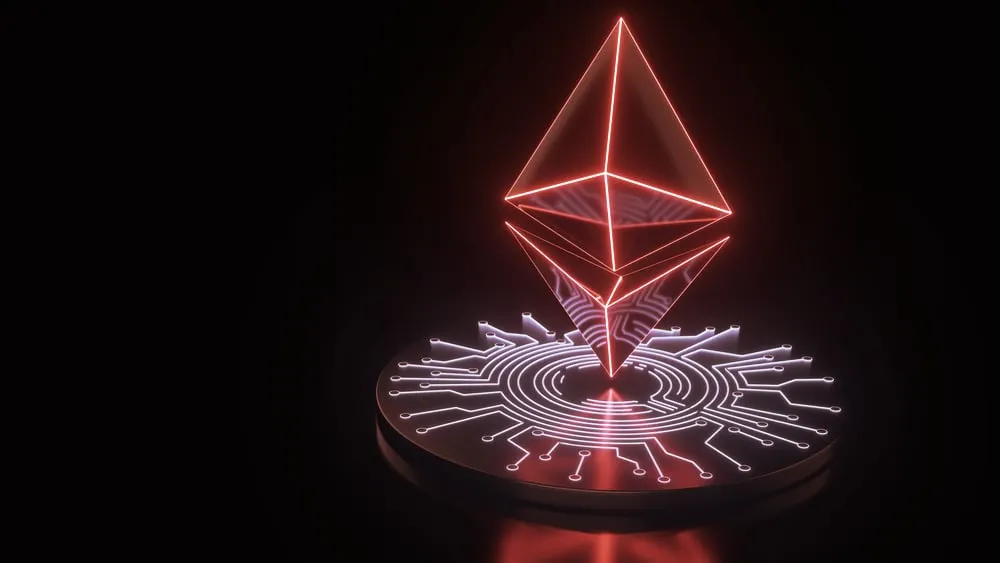A look into the Ethereum derivatives market indicates that the "merge"— a long-awaited upgrade to the Ethereum network—is setting the stage for crypto traders to "buy the rumor, and sell the news."
That’s according to the blockchain intelligence firm Glassnode, which today reported "backwardation" across both ETH options and futures heading into September, when the merge is expected to occur. The term backwardation refers to when prices for an asset in the futures market are lower than its underlying spot price.
“If we look at the September contracts on [crypto derivatives exchange] Deribit, the directional bias of Ethereum traders is immediately clear,” reads the report. “Call options dwarf put options for size, with traders betting on ETH prices upwards of $2.2k, with significant open interest even out to $5.0k.”
A call option is a temporary guarantee that a trader can buy a given asset at a predetermined price, if the trader chooses. A put option is the same, but for selling an asset. The overwhelming demand to purchase calls at a premium, says Glassnode, shows a “state of extreme bullish bias,” for ETH’s price in September.
However, this trend sees a stark reversal in October, when demand for ETH options appears to dwindle. In fact, ETH’s implied volatility—a metric that measures the market’s expectations of an asset’s future price—is relatively higher on downside price predictions than upside predictions. This indicates that traders are “paying a premium for 'sell-the-news' put option protection post-Merge,” according to Glassnode.
As of now, Ethereum options open interest stands at $6.6 billion—higher than Bitcoin’s for the first time in history, which stands at $4.8 billion. As the report notes, the Bitcoin derivatives markets currently show little directional bias.
The price of ETH surged following the reveal that Ethereum developers are now confident that the merge will take place on or around September 19. The “merge” refers to a protocol change that will combine the current, proof-of-work Ethereum mainnet with the proof-of-stake beacon chain. The merge is therefore the final step to completing Ethereum’s long-awaited shift to proof of stake.
Developers expect that this upgrade, also referred to as “Ethereum 2.0,” will make the current network, which has been prone to congestion and prohibitively expensive transaction fees, faster and more scalable. The change also puts an end to Ethereum mining and will instead require network participants to stake, or pledge, existing ETH to the network in order to create new ETH and issue these coins as staking rewards.
In doing so, the change is expected to have a deflationary impact on the cryptocurrency by significantly reducing the rate at which new ETH is created and distributed. And if the demand for the cryptocurrency remains high, that could have a positive impact on its price. In a blog post on Thursday, BitMEX co-founder Arthur Hayes predicted that this phenomenon will help “drive the price of Ether up exponentially,” potentially to $5000 by March of 2023.

